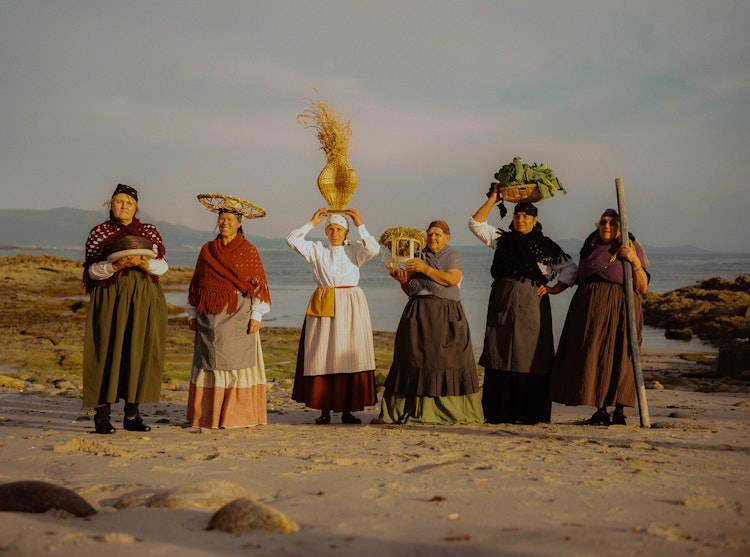

Arlyne Moi
Can crafting textiles become an act of care? Professor Carole Collet takes a closer look at how regenerative textile practices can aid in our current planetary emergency. The essay explores new ways of shifting the agency of textile craft from nature-using to nature-restoring, and embraces a new mindset where the practice of craft is orchestrated to replenish the natural world.
The making of textiles is intrinsically linked to our historical appropriation of natural resources and to the cultural evolution of our species. We have archaeological evidence of very ancient knowledge of complex textile craft processes, from the extraction and transformation of fibres from plants, to fibre processing and colouring using local natural resources dating back to 34,500 years ago.1 Today, our textile fabrication processes are centred on cultivated fibres and skins (largely produced in monocultural and intensive agricultural systems) and artificially-made materials (derived from petrochemicals), all contributing to the plundering of our natural environment and the over-exploitation of plant and animal species. By developing and mastering highly sophisticated creative processes over millennia, we have, willingly or not, chosen a de-facto anthropocentric approach to textile making. The exploitation of natural resources at the service of our species is woven within our current worldview and broadly accepted as an inheritance of our cultural evolution. But today, we have reached a turning point. Our biosphere is in peril, a climate shift is imminent, and the loss of biodiversity is staggering. Lured by the illusion that nature is plentiful, and in the name of craft, design, beauty, desire, economics or greed, we extract natural resources faster than they can regenerate. So how do we situate textile craft in the context of a planetary emergency? Can crafting textiles become an act of repair in a ‘more than human world’?2 This article explores new ways of shifting the agency of textile craft from nature-using to nature-restoring, and embraces a new mindset of regenerative values where the practice of craft is orchestrated to replenish the natural world.
Urgent care
We are in a planetary emergency.
Numerous scientific reports alert us of looming climate chaos and the
rapid extinction of biodiversity. In August 2021, the Intergovernmental
Panel for Climate Change (IPCC) Working Group published its latest
climate assessment, labelled a ‘code red for humanity’,3
and stated that ‘human influence has warmed the climate at a rate that is unprecedented in at least the last 2000 years’.4
The IPCC Working Group, ahead of the 2021 United Nations Climate Change Conference (COP26),5
urged governments to act to stay below a 1.5 °C temperature increase or
risk destabilising our climate beyond a point of no return. In terms of
biodiversity, it is estimated that we have around one million species
at risk of extinction:6
‘one in four mammals and one in eight birds face a high risk of extinction in the near future’.7
Many sectors of human activity are responsible for the state of the planet today. The textile and fashion industry is one such sector, and it is acknowledged as a major contributor to climate change and to the depletion of biodiversity.8 Just in terms of water, ‘textile production is estimated to be responsible for about 20% of global clean water pollution from dyeing and finishing products’.9 It is time to rethink the textile systems. The scale of the environmental impact is mostly linked to industrial textile manufacturing and rampant consumption patterns, not so much to small-scale textile craft activities. However, textile craft makers can play a key role in prototyping new place-based and bioregional regenerative production models to inform and influence a radical systemic change. Below, I will review a range of practitioners, craft activists, researchers and farmers who are fast emerging as new carers for the Earth. They aim to go beyond sustainability, too often understood as a means to do less damage to the environment. Instead, they start their research process with the aim to restore and repair ecosystem functions and communities. Their work is centred on the tenets of regenerative cultures that can ‘safeguard and grow biocultural abundance for future generations’.10 This requires them to think globally but act locally, and to integrate ecological restoration, carbon trapping and a new respect for nature into the heart of material production and transformation. But easier said than done.
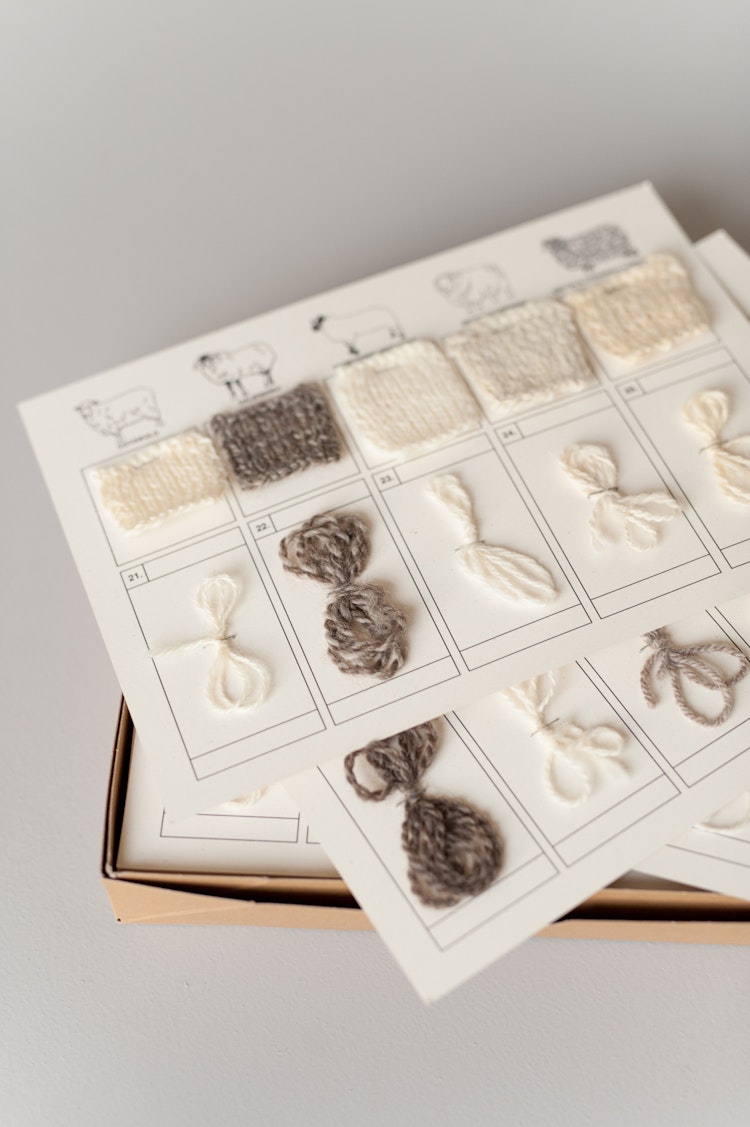
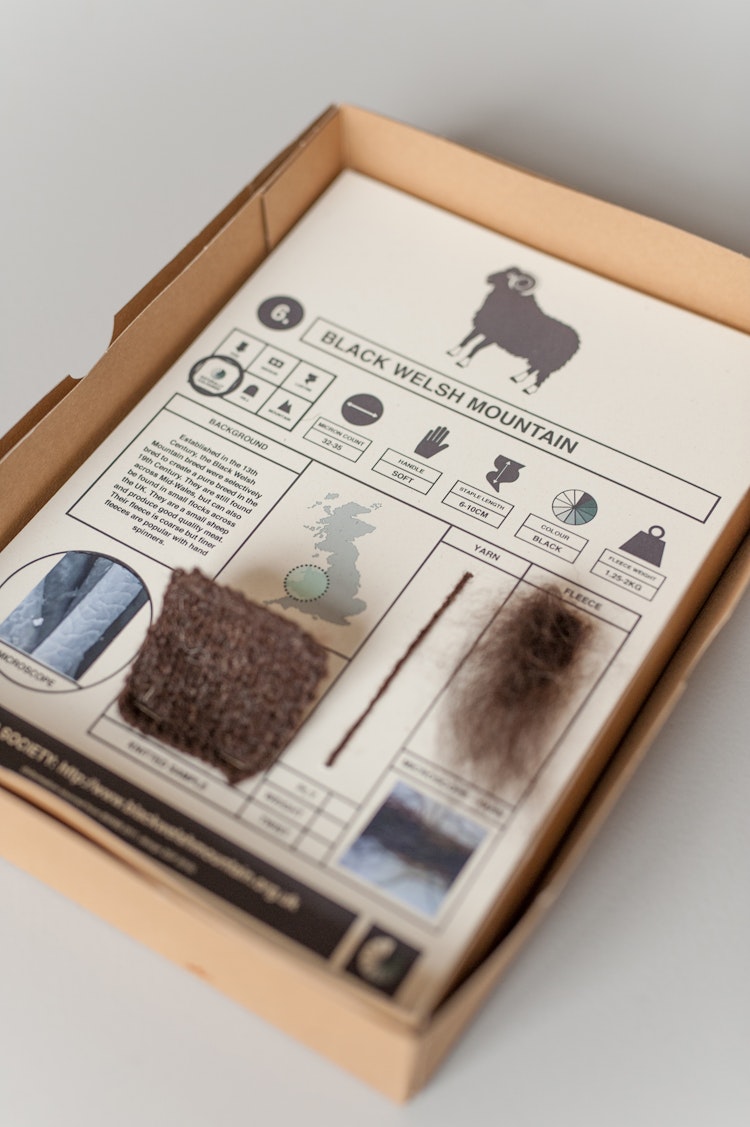
From farmers to makers: New networks and collaborative cultures
For Rebecca Burgess, founder of Fibershed,11 it is first and foremost about reconnecting the dots between farmers and makers. First established in the USA, the Fibershed network models place-based textile systems and embodies a ‘vision of change that focuses on transforming our fiber and dye systems from the soil up’.12
Expanded across the USA and now in Europe, Fibershed curates networks of regenerative farmers, designers and textile makers to develop ‘Climate Beneficial™ agriculture’ for the production of textile fibres. With carbon farming techniques that help restore soil and plant ecosystems to drawdown CO2, they have established a verification program that supports farmers. For textile practitioners, this network orchestrates a regional community that enables them to provide a creative marketplace for environmentally-positive regional fibres.
What Fibershed labels Climate Beneficial™ agriculture resonates with the broader and rapidly growing movement of regenerative agriculture which goes beyond organic farming and is also rapidly gaining interest across the textile and fashion sector. With conventional agriculture, the use of synthetic chemical pesticides and fertilisers destroys living soils, depletes biodiversity and releases carbon. In textiles, conventional cotton production, for instance, is well known for its devastating impact on water tables, soil depletion and biodiversity.13 Organic farming removes the use of chemicals and is a positive step forward. But regenerative farming incorporates animal grazing, crop rotation, agroforestry and ancestral indigenous techniques to return nutrients to the soil, support carbon sequestration, water management and replenish biodiversity.14 Although still very limited in terms of quantities, we can now source regenerative cotton and wool which have been grown in a way that has given back to the environment more than it has taken. Even though there is no current international textile labelling scheme to verify regenerative fibres, they are now actively categorised in textile sourcing fairs such as the Future Fabrics Expo.15
We are witnessing an emergent but fast transition to regenerative farming that is beginning to shake the textile industry all over the world. In India, the Oshadi Collective consists of farmers and artisans who create a regenerative supply chain and ‘a seed to saw’ system that benefits human communities whilst repairing ecosystems.16 In the UK, designer Dr Zoe Fletcher connects textile makers with wool producers to support the biodiversity of sheep breeding. Having researched and mapped the unique textile qualities of 72 pure breeds of sheep in the UK, 17 she devised ‘knowledge kits’ and made them available on Woolist to help textile makers gain a better understanding of the varied types of wool fibres and their qualities.
Platforms such as Fibershed or Woolist and collectives such as Oshadi help establish and reinforce a more transparent and local or regional sourcing and promote Earth-nourishing farming techniques for textiles. Therefore, in terms of sourcing materials, textile makers now have the option to seek regenerative materials as a starting point for their creative practice, or to join collaborative networks and actively participate in a system change.
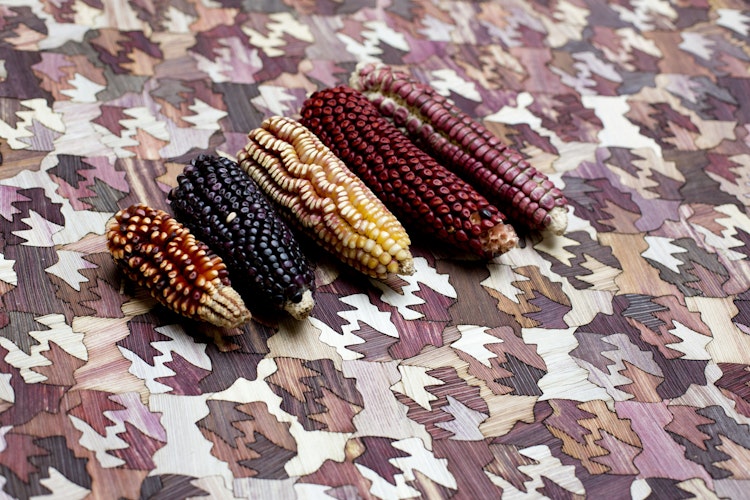
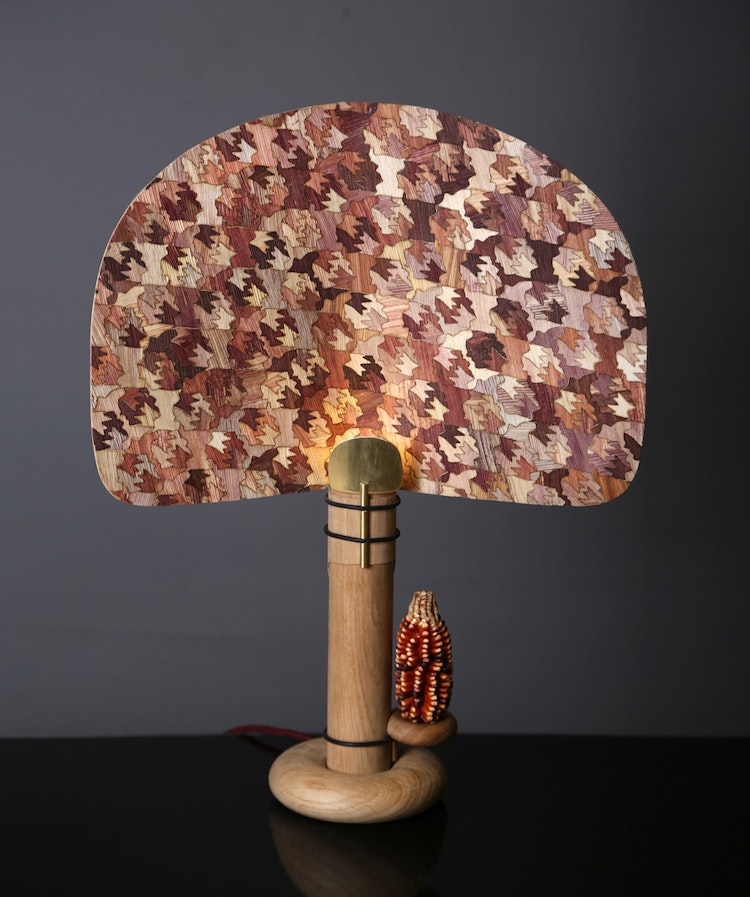
Crafting for socio-ecological abundance
A more
radical approach, however, can be adopted to develop truly holistic and
regenerative textile crafts. Fernando Laposse, a Mexican-born designer,
has developed a new practice in response to a locally-specific
socio-ecological imperative. His project Totomoxtle sets a benchmark for
regenerative craft, where the artefacts he creates are born out of the
consequences of a holistic regeneration process. His work is developed
‘in partnership with the community of Tonahuixtla, a small village of
Mixtec farmers and herders’.18 In this village, the
introduction of industrial agriculture a few decades ago led to soil
erosion, migration, unemployment and the loss of endemic plant species,
specifically corn. Starting with a small plot of land cultivated to
re-introduce local maze species and farmed to replenish soil health,
Laposse created a new type of textile surface design: a veneer made with
corn leaves.
His work rapidly developed to integrate a workshop based in the village, thus generating local employment, and now includes the reintroduction of agave plants that serve two purposes. Agaves are carefully planted so as to retain water, thus reviving entire ecosystems and creating more land resilience and better water table management in an arid region. Furthermore, the fibres from some agave plants are used to develop textile furniture.
In Laposse’s craft system, the creative intervention starts with the notion of repairing soil health, ecosystem functions as well as with the ambition to generate positive benefits for humans. This multi-species approach to making can only be ‘placed-based’ and requires an ethical and empathic understanding of the cultural values of a community together with deep ecological knowledge. Instead of sourcing materials for a craft activity, Laposse shows us that we can start by exploring what needs to be repaired in a specific locality, then evolve a regenerative craft process as a response.
The Totomoxtle project operates in partnership with the Mixtec community of Tonahuixtla, Puebla in south west Mexico. Photos courtesy of Fernando Laposse.
Crafting with nature’s rhythms
Working to
replenish the functions of an ecosystem also means that we need to work
in line with nature’s own rhythm of production. Textile makers who work
with natural fibre and colour systems are dependent on the timing of
seasonal harvests: their material is weather and season-specific. How do
we best align our creative work with nature’s rhythms? With her project
‘Lliw Lleol’ (meaning 'Local Colour' in Welsh), which is a comprehensive natural dye
database,19
the designer Hannah Elisabeth Jones has mapped and documented, over a
year, a monthly colour palette derived from locally-foraged plants.
This mapping showcases variations in tonality and depth of colour that are dependent on what plants nature provides at different times of the year in the same geo-localisation. This approach is not regenerative per say, but it shows the potential impact of nature’s production rhythms on our creative practice and how we need to align with nature’s biological pace. Like eating seasonal food, working with seasonal resources is respectful of local ecosystem functions and gives time for nature to regenerate itself. Another key aspect of Jones’s research is that she uses mordant-free natural dye techniques. Contrary to a widespread belief, natural dyes can be very toxic.20 Whilst the dyes per say are not, traditional mordants such as chrome can be very poisonous. In a quest to regenerate our ecosystems, we need to be mindful of both the impact of over-foraging and the consequences of using traditional mordants to fix colours on natural fibres. There are alternative bio-mordants, and a range of references and techniques can be found on the website Dyer’s Circle, which archives positive dye practices and aims to ‘counteract colour toxicity through promoting regenerative and botanical methods of dyeing: some adapted and sourced from historical textile records, others developed through the latest 21st century thinking whilst preserving a variety of indigenous techniques’.21

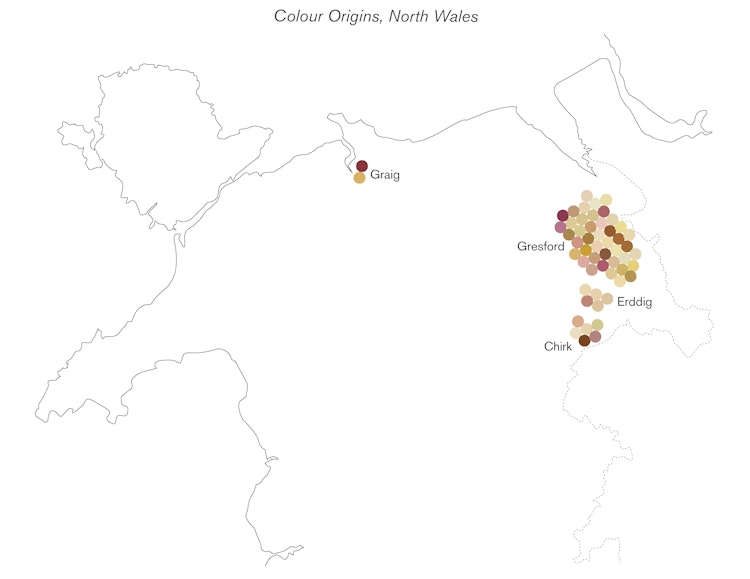
Crafting to repair our lands and rivers
Whilst
the notion of regenerative farming is becoming more widespread, the
concept of regenerative design or craft is still emergent. It is
nevertheless a powerful narrative that inspires a whole new generation
of makers. In a recent project at the GEO | TEXTILES course, Rhode Island School of Design in the
USA, students explored weaving techniques to restore the Blackstone
River, one of the nation’s most polluted rivers and directly impacted by
toxic textile waste water. ‘We’re exploring weaving techniques as both a
metaphor for building community within post-industrial mill towns and a
physical strategy for supporting diverse ecologies at the water’s
edge’, says associate professor Mary Anne Friel.22
Students developed a range of creative in-situ responses that used textile craft informed by local ecological knowledge as a restoring interface between the river ecosystems and human communities. Adopting multi-species thinking necessitates engaging in conversations with ecologists as an integral part of the craft process, and this was made possible by the integration of such experts in the project.
With a similar aim to address toxic textile waste water, the designer Cassie Quinn locates her intervention directly at a textile dying production site to prevent any toxic emissions in rivers. She has developed a bio-active process using chitin made from powdered oyster shells and precipitated in contaminated textile waste water. Through the process, she obtains a biomaterial that collects and traps dye particles as it cleans water. In a matter of minutes, the water is cleaned and a biopolymer forms at the bottom of the recipient. This bio-based material is then collected to produce sequins for textile embroidery.
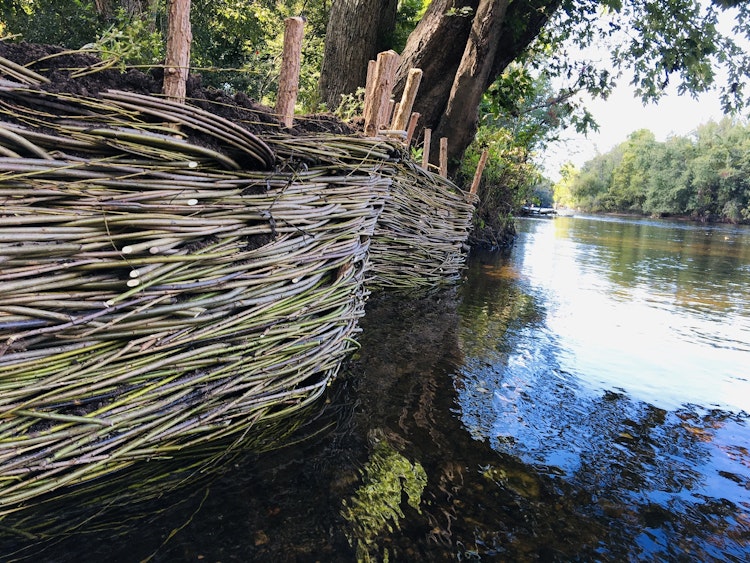

With a similar aim to address toxic textile waste water, the designer Cassie Quinn locates her intervention directly at a textile dying production site to prevent any toxic emissions in rivers. She has developed a bio-active process using chitin made from powdered oyster shells and precipitated in contaminated textile waste water. Through the
process, she obtains a biomaterial that collects and traps dye particles as it cleans water. In a matter of minutes, the water is cleaned and a biopolymer forms at the bottom of the recipient. This bio-based material is then collected to produce sequins for textile embroidery.
For the designers Irene Roca Moracia and Brigitte Kock, repairing land ecosystems starts with the removal of invasive species. In a project commissioned by Maison/0, the Central Saint Martins LVMH platform for regenerative luxury, they developed a new material made from two prominent invasive species in the UK. Using ashes (the by-products of the removal of Japanese knotweed) and crushed American crayfish shells, they have created a patterned material reminiscent of textile-resist batik techniques.
Invasive species play a key role in the loss of our endemic biodiversity: they can outcompete local species and lead to structural changes in an ecosystem’s functions.23 They are difficult and costly to remove. By crafting materials made from invasive species, this project has the potential to incentivise further the removal of these species, thus leading to restoring local biodiversity.

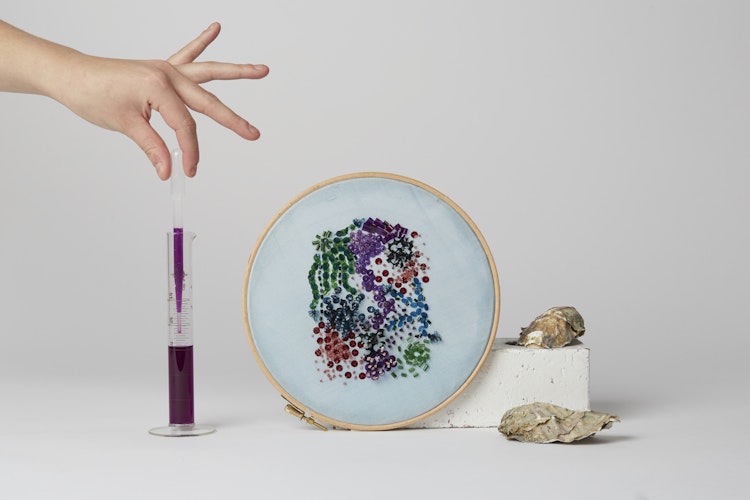
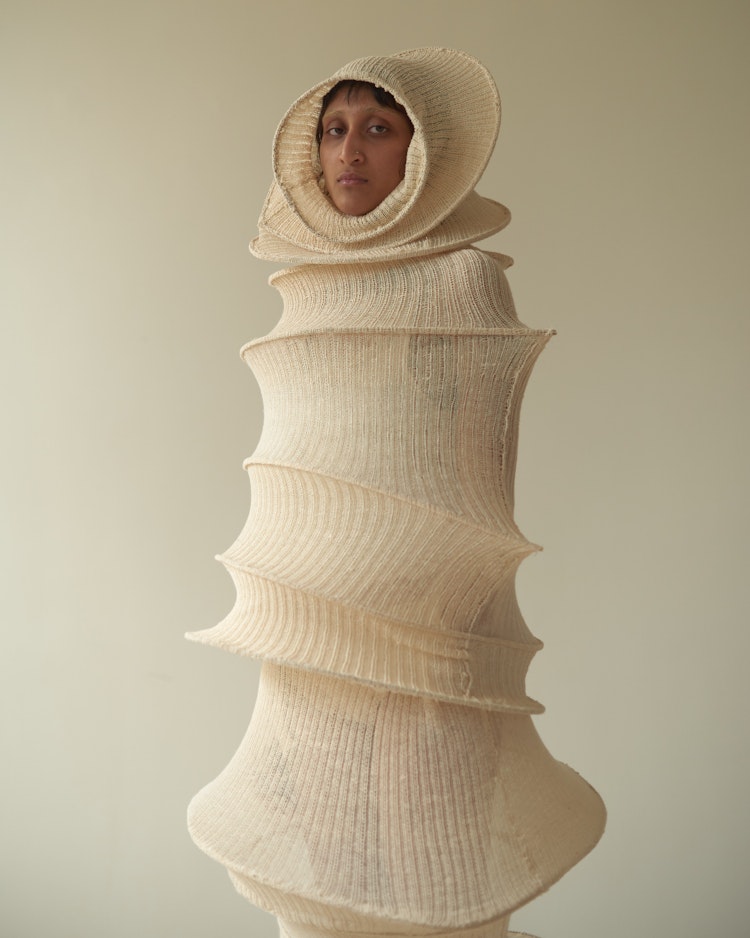
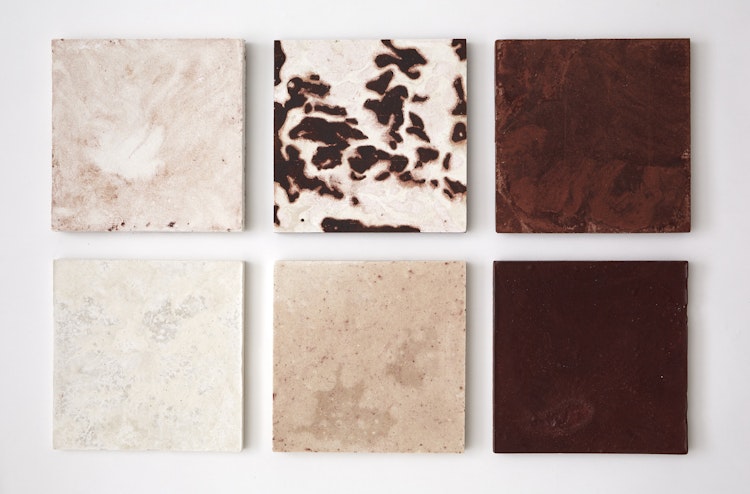
Endangered crops, endangered crafts
Another
approach to regenerative practice is to explore the ecological revival
of forgotten crops or the reinterpretation of endangered crafts. Shradha
Kochar creates textile pieces designed to revive a lost cotton species:
the Indian kala cotton, an indigenous crop that survives only on
rainwater. ‘Replaced by genetically modified cotton crops and wiped out
completely from the history of the soil, “kala cotton” (inherently
organic) is a crop that is the answer to multifaceted problems of air,
land, water pollution and farmer debts.’ 24
Kala is a short staple cotton. Beyond its ecological assets, the revival of Kala also depends on how we can demonstrate its creative potential and sublimate its materiality. This is a critical argument for the central role of craft makers in the transition to regenerative textiles.
For Paula Camiña Eiras, it is a passion for her home region that led her to explore the revival of Galician craft heritage.25
Carefully researching and documenting locally-specific socio-ecological
challenges, she used her expertise in biodesign to devise a circular
system that not only creates new connections between fishing and weaving
communities but also responds to the degradation of local Galician
forests whilst addressing the production of local seafood waste.
Traditional basket weavers have long used endemic tree species to source
their materials. With climate change and over-exploitation, their local
forests have degraded and wicker sourcing has become more challenging.
Using seafood waste to develop a biopolymer, she collaborated with a
community of traditional basket weavers to revisit their techniques and
incorporate into them this new bio-based polymer made from waste. By
creating the circular system, in which the waste of one industry becomes
the treasure of another, Paula Camiña Eiras demonstrates that we can
adopt principles across sectors that can help regenerate forests, craft
and food communities.
Images from left to right: Galician granary and fishing trap re interpretation, 2kg seafood exoskeletons, Hat prototype prawn based biomaterial, process Enrique Táboas, basketmaking workshop
A new manifesto for regenerative textile craft
The above paragraphs present a range of textile and material making approaches that have emerged in response to our planetary emergency. They illustrate a creative will to restore depleted ecosystems and communities. More than ever, we need our craft practice to engage in forms of material activism to influence and inform a radical systems-change for textiles. Regenerative craft requires expanded knowledge and the integration of ecological expertise. Collaborating with farmers, ethnobotanists and anthropologists and engaging with indigenous know-how will help us reconsider our partnerships with each other and with the natural world. We will need new forms of education to learn how to participate as nature,26 and we will need to adopt new ways to evaluate our work. As the ethnobiologist and farmer Miguel Santistevan says, ‘I measure my success by how many living things are benefiting from what I am doing’.27
Let’s start with this motto to begin our collective journey towards regenerative textile craft.
